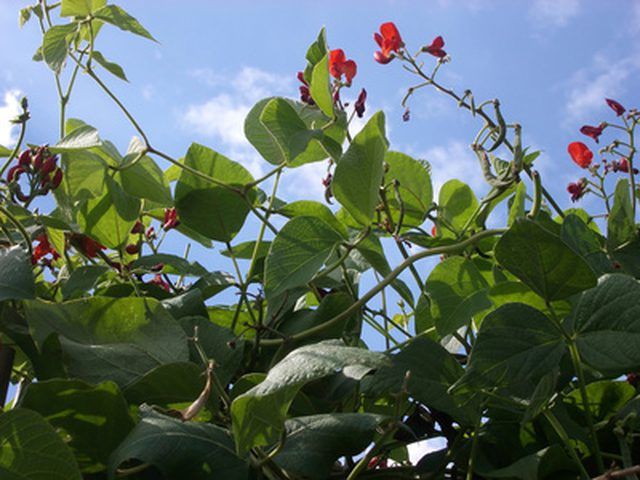Bulbs
Flower Basics
Flower Beds & Specialty Gardens
Flower Garden
Garden Furniture
Garden Gnomes
Garden Seeds
Garden Sheds
Garden Statues
Garden Tools & Supplies
Gardening Basics
Green & Organic
Groundcovers & Vines
Growing Annuals
Growing Basil
Growing Beans
Growing Berries
Growing Blueberries
Growing Cactus
Growing Corn
Growing Cotton
Growing Edibles
Growing Flowers
Growing Garlic
Growing Grapes
Growing Grass
Growing Herbs
Growing Jasmine
Growing Mint
Growing Mushrooms
Orchids
Growing Peanuts
Growing Perennials
Growing Plants
Growing Rosemary
Growing Roses
Growing Strawberries
Growing Sunflowers
Growing Thyme
Growing Tomatoes
Growing Tulips
Growing Vegetables
Herb Basics
Herb Garden
Indoor Growing
Landscaping Basics
Landscaping Patios
Landscaping Plants
Landscaping Shrubs
Landscaping Trees
Landscaping Walks & Pathways
Lawn Basics
Lawn Maintenance
Lawn Mowers
Lawn Ornaments
Lawn Planting
Lawn Tools
Outdoor Growing
Overall Landscape Planning
Pests, Weeds & Problems
Plant Basics
Rock Garden
Rose Garden
Shrubs
Soil
Specialty Gardens
Trees
Vegetable Garden
Yard Maintenance
Brown Spots on the Leaves of Green Beans
Brown Spots on the Leaves of Green Beans. Green beans are a dependable producer for either the large farm or the backyard vegetable garden. Also called snap beans, this popular garden bean includes both bush and pole varieties. Even though this prolific plant is easy to grow, bean plants can be susceptible to a variety of diseases.

Green beans are a dependable producer for either the large farm or the backyard vegetable garden. Also called snap beans, this popular garden bean includes both bush and pole varieties. Even though this prolific plant is easy to grow, bean plants can be susceptible to a variety of diseases.
Alternaria Leaf Spot
Alternaria leaf spot causes circular, dark-brown blotches that eventually turn gray and fall out leaving behind holes with dark rings on the leaves. The disease can occur at any time during the season and is prevalent on plants that have been injured by spider mites or are showing signs of stress due to a lack of nutrients. Prevention includes controlling problem insects and maintaining sufficient soil nutrient levels. The University of Minnesota Extension notes that "(n)o fungicide is currently registered for control of this disease."
Anthracnose
According to the University of Florida Extension, the fungus, anthracnose, "causes yellowish-brown or purple-colored, irregular, sunken spots with dark reddish-brown borders." These spots later turn to dark brown. Spores are spread by water. Prevent infection by planting resistant varieties, avoiding overhead watering and handling plants while wet, destroying infected plants, rotating crops and spraying regularly with a safe fungicide.
Bacterial Blight
Bacterial blight is a disease that begins as large brown patches on the leaves and eventually kills the plant. Effective control includes planting certified blight-free seeds, avoiding handling plants while wet and spraying with products containing Bacillus subtilis, a bio-pesticide.
Mosaic
Mosaic is a virus. The leaves of infected plants become mottled with light green and yellow area and can be deformed. Plant growth is stunted. Mosaic is spread through aphids, cucumber beetles, whiteflies and infected seeds and lives in many varieties of weeds. Prevent mosaic by planting disease-free seeds of resistant varieties and controlling virus-bearing weeds and insects.
Rust
Rust is a fungus that forms powdery, cinnamon-brown spots on leaves and pods. An unchecked rust infection will greatly reduce yield and eventually kill the crop. Rust fungus spores are spread with the wind and thrive in moist conditions. Disease management includes planting resistant varieties, regular spraying of fungicides, rotating crops and avoiding overhead watering.